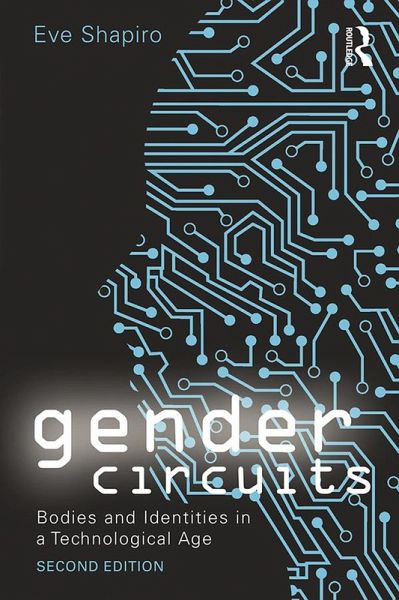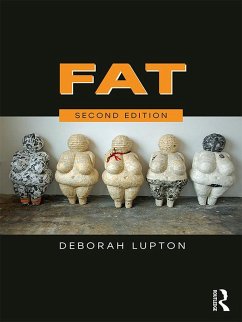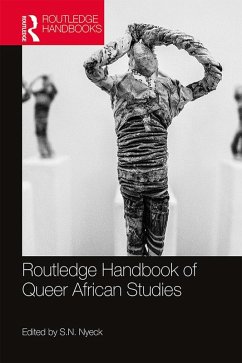Gender Circuits is a tremendous teaching tool. Through current case studies and consistently relatable examples, Shapiro makes abstract, theoretically rigorous concepts accessible and relevant to students. The book's clear, understandable deconstruction of the myriad and overlapping relationships between gender, technology, and social meaning in everyday life provides students with both the tools and the confidence to embark on their own analyses.
-Kathryn Thompson, Gender Studies, Indiana University, Bloomington
I found this text, particularly the accessible language and case studies, to be an excellent read for my Introduction to Gender Studies students. Shapiro's focus on gender fluidity and technology led to many
productive conversations. Students commented it was "easy to read and understand" and recommended I spend more time on
Gender Circuits in the future.
-Rachel Dean-Ruzicka, English, Georgia Gwinnett College
Gendered Circuits provides an in-depth, sociological analysis of the ways in which technological innovations create, shape, and re-shape gender identities and gendered bodies. Drawing on a wide variety of case studies, the book provides a link between gender theory and students' lived experiences in a clear, rigorous and accessible format.
-Kristen Schilt, Sociology, University of Chicago
A wonderful and comprehensive addition to scholarship exploring gender, bodies and technology. Students can get here both clarity on key foundational concepts and ideas as well as application to complex case studies. Shapiro's analysis is nuanced and fun to read! A great classroom addition.
- Laura Mamo, Health Education, San Francisco State University, and Author of
Queering ReproductionBombarded with emergent technologies practically every day, it is nearly impossible to keep up with a cogent and eloquent explanation of how these technologies become inscribed and incorporated into bodies, identities, and ideologies. So it is marvelous to read Eve Shapiro's
Gender Circuits: Bodies and Identities in a Technological Age, a text that deftly accomplishes just this blend of clear analysis and keen interpretation of technological innovations in our social worlds. Deeply attentive to gender, she draws on a wide range of historical data, sociological research, personal observation, and cultural criticism to craft a highly readable book, a tool for undergraduate students and a necessary addition to gender studies libraries.
-Lisa Jean Moore, Sociology and Gender Studies, Purchase College, SUNY















